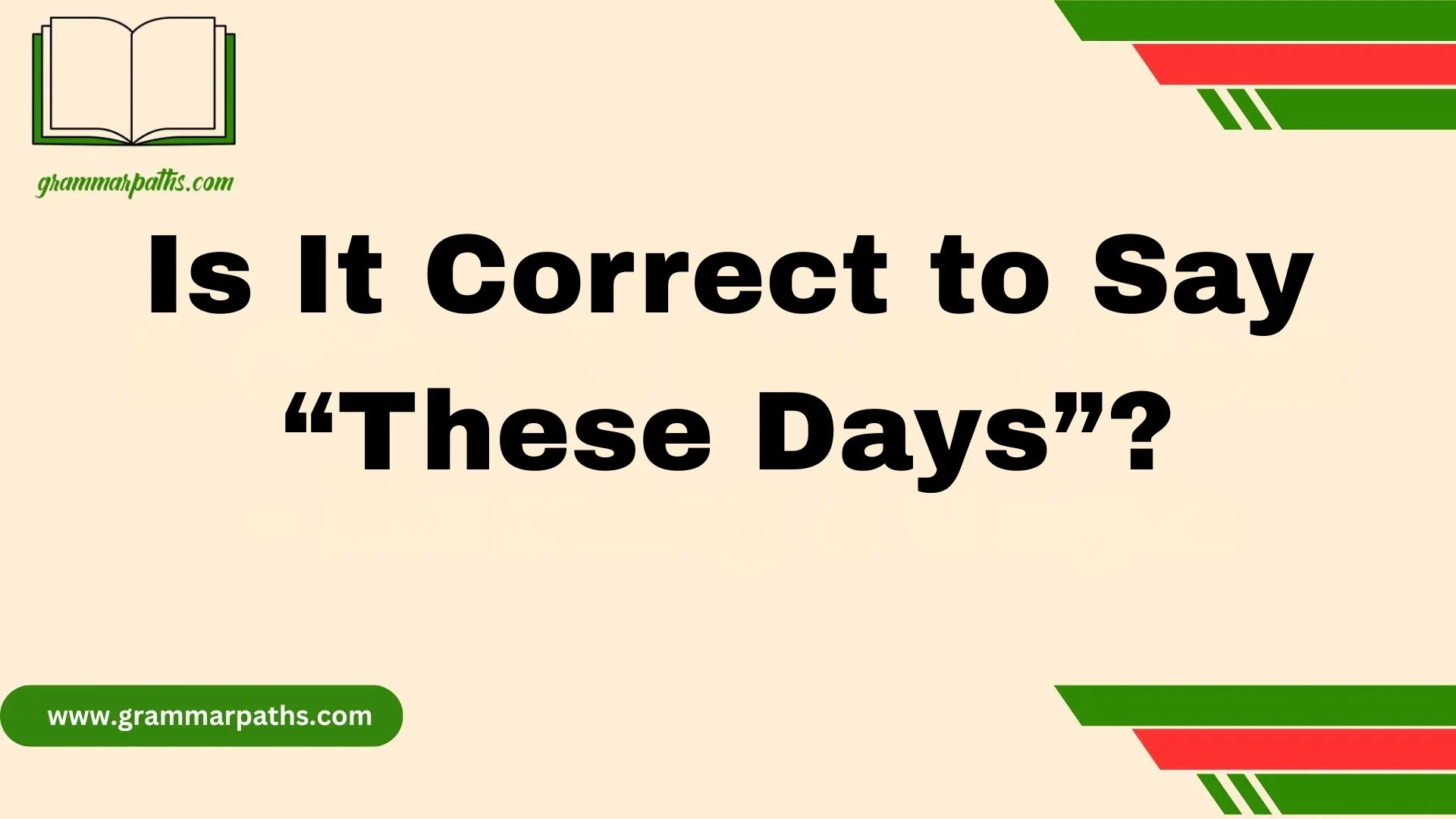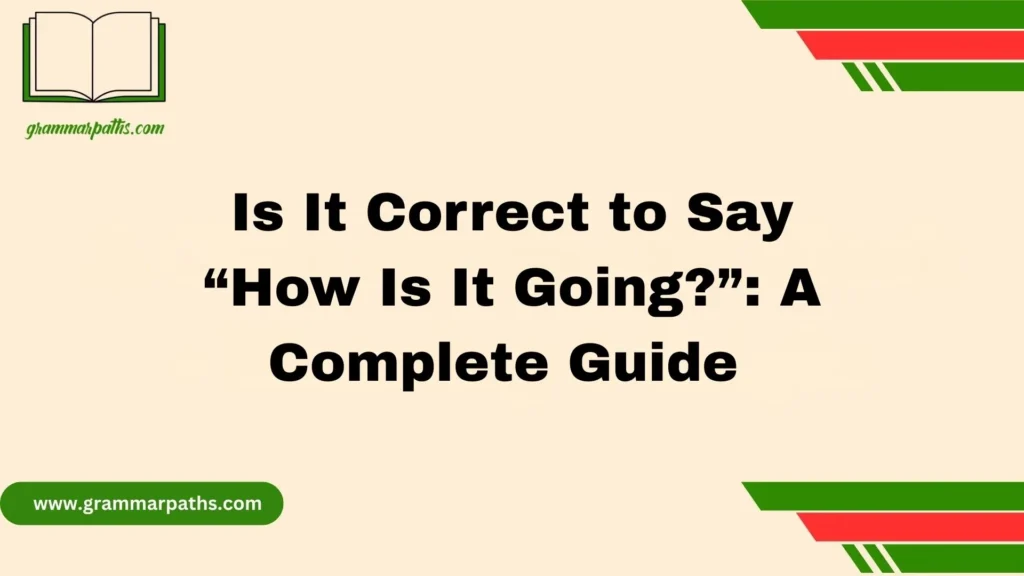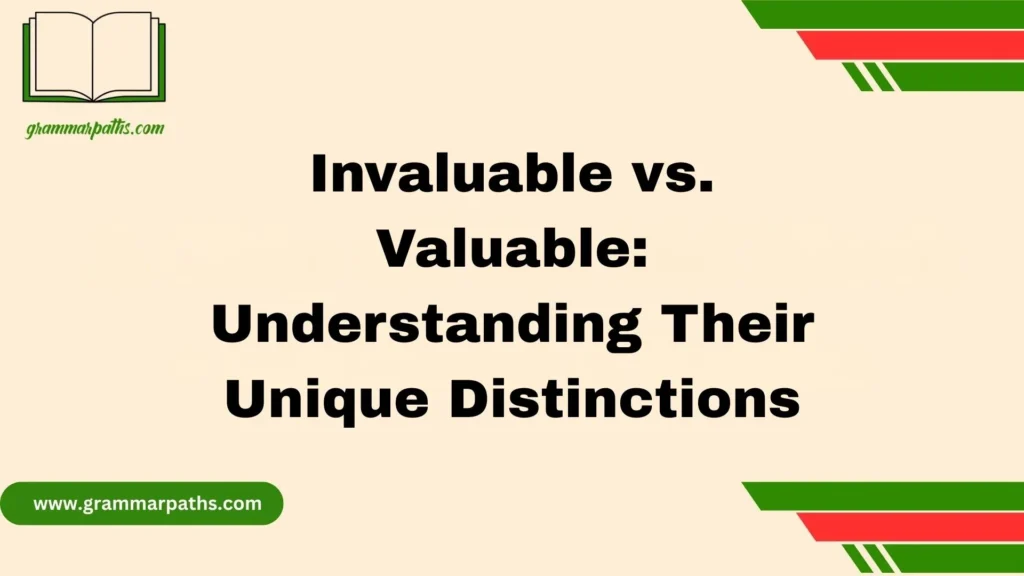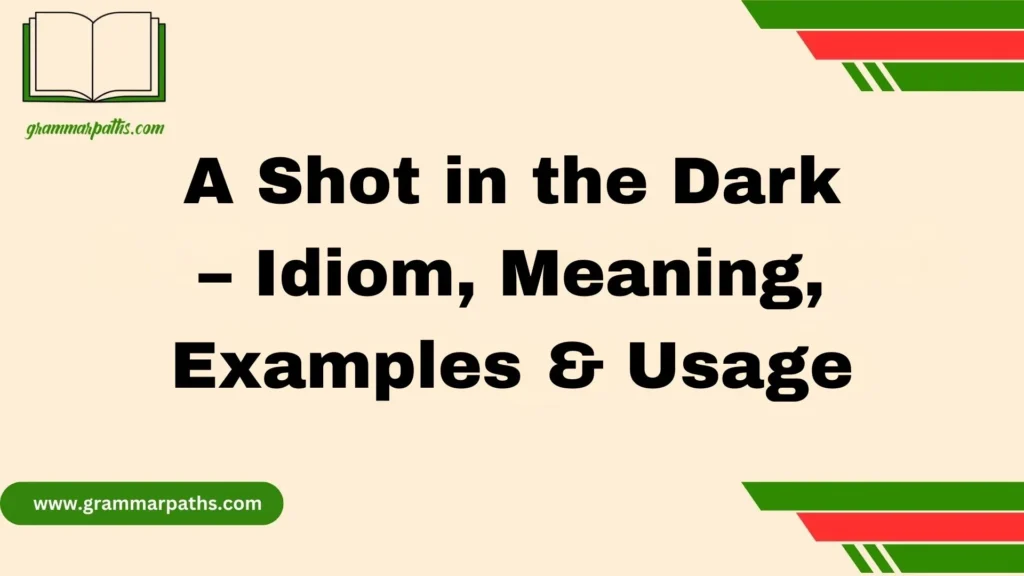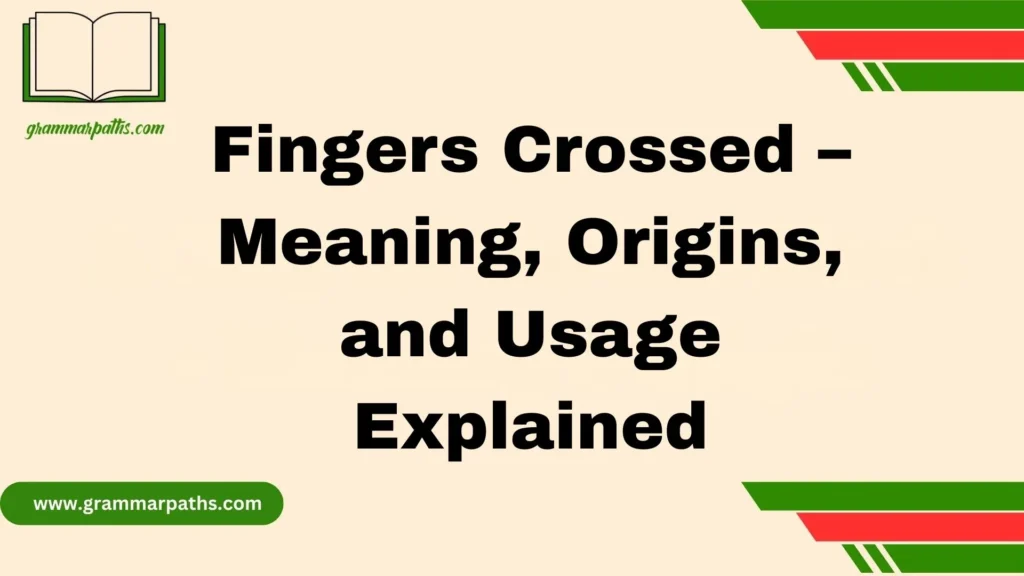When we talk about how language evolves, it’s important to take a closer dive into how certain expressions work over time. The phrase “these days” may seem simple, but it carries meaningful weight and often invites scrutiny, especially among writers, teachers, and grammar geeks. I’ve seen it commonly used in blogs, posted in daily updates, and thrown around in casual talking. Yet, even the most familiar sayings can be misused. Some people use it wrongly, overusing it or placing it in the wrong tense. But when used correctly, this expression becomes an effective anchor that connects present ideas with the past, helping us highlight how habits, values, and lifestyles have shifted. For instance, we might say, “Kids play more on smartphones than outside these days,” a clear reflection of how culture and technology have changed.
As someone who’s worked in editing and writing for over a decade, I’ve watched how the usage of this phrase has changed with the evolution of English in the modern world. Today, phrases like “these days” have become popular in both formal and informal settings. However, it’s essential to understand the context and make sure the tone of your message fits the situation.
Whether you’re crafting books, blogs, or teaching students, you must be careful not to rely on it as a filler, and always consider the correctness of its pairing with verbs. It’s helpful to compare how it’s used now versus how it was used in past decades—a comparison that reveals not only cultural difference, but also the role of phrases in shaping our communication. I’ve learned to avoid careless posting and instead focus on how these expressions fit into the flow of my message, whether talking about the current period or reflecting on how things differ. “These days” may sound casual, but under the surface, it demands attention and thoughtful learning to truly master its use.
What Does “These Days” Really Mean?
The phrase “these days” refers to the present time, especially when comparing it to the past. It doesn’t mean today or right now. Instead, it covers a general period—like recent years, the modern era, or currently.
Examples:
- “These days, people stream movies instead of renting DVDs.”
- “I don’t go out much these days—I prefer quiet evenings.”
In both cases, the speaker is talking about how things are now, compared to how they used to be.
Quick Definition:
These days – an informal phrase used to describe the current period, usually compared to a past time.
Is It Correct to Say “These Days” in American English?
Yes, it’s 100% grammatically correct and commonly used by native English speakers in the United States. It appears in casual conversations, text messages, podcasts, and even journalism.
But like all time-related phrases, it has rules—especially with verb tense.
Where You’ll Hear It Most:
- Teen and Gen Z slang
- Millennial conversations
- American TV shows
- Online content (YouTube, TikTok, blogs)
- Business small talk and interviews
How “These Days” Works in Grammar
Let’s look at the structure.
“These days” is an adverbial time phrase. That means it tells when something is happening. It usually appears at the beginning or end of a sentence.
Sentence Patterns:
- These days, I cook more than I eat out.
- I cook more than I eat out these days.
Both are correct and natural.
Correct Verb Tense:
Use it with present simple or present continuous tense.
| Sentence Type | Correct Example | Wrong Example |
| Present Simple | “These days, people use smartphones.” | “These days, people used smartphones.” |
| Present Continuous | “I’m working out more these days.” | “I was working out more these days.” |
🛑 Don’t mix it with the past tense unless you’re clearly switching time frames.
When Should You Use “These Days”?
You should use it when talking about:
- Changes in trends or behavior
- Comparing past vs. present
- Making social or cultural observations
- Describing your current lifestyle or habits
Examples in Real Life:
- “These days, teenagers use Snapchat more than Instagram.”
- “I don’t eat fast food much these days.”
Perfect For:
- Texting friends
- Writing casual blog posts or emails
- Podcasts and YouTube videos
- Social media captions
Not recommended for legal documents, academic writing, or highly formal essays.
Common Mistakes People Make with “These Days”
Let’s clear up some of the biggest problems people have with this phrase.
Mistake #1: Using Past Tense With It
Wrong: “These days, I watched movies at home.”
Correct: “These days, I watch movies at home.”
Why? Because “these days” means now, so it needs a present tense verb.
Mistake #2: Confusing It With “Right Now” or “Today”
Right now means this exact moment. These days means recent times—usually a few weeks, months, or even years.
| Phrase | Meaning | Example |
| Right now | This moment | “I’m working right now.” |
| Today | This single day | “I have a meeting today.” |
| These days | Ongoing period in the present | “These days, I work from home often.” |
Mistake #3: Overusing It in Formal Writing
While “these days” is totally fine for talking or writing casually, it can sound too informal in research papers or business reports.
Better Alternatives for Formal Use:
- “In the current era”
- “In recent years”
- “At present”
These Days vs. Similar Phrases – What’s the Difference?
Let’s compare it with other common time expressions that sound similar.
Comparison Table:
| Phrase | Time Frame | Tone | Best Used In |
| These days | Now (general) | Informal | Conversations, blogs, social media |
| Nowadays | Now (general) | Neutral | Speaking, informal writing |
| Recently | Past (short) | Neutral | Any writing or speaking |
| Lately | Past (short) | Neutral | Describing trends or behaviors |
| Right now | Present moment | Informal | Immediate actions |
| At present | Now | Formal | Reports, academic writing |
- Use “these days” when you want to sound natural and relatable.
- Don’t use it when writing a college paper or legal document.
Real Examples from Pop Culture, TV, and Social Media
You’ll hear “these days” all over American media. Let’s look at some real usage.
TikTok & YouTube:
- “These days, everyone’s doing ‘what I eat in a day’ videos.”
- “Gaming content these days is totally different.”
Movies and TV Shows:
- “People these days are always on their phones.” – Line from a sitcom dad.
- “These days, everything’s a reboot.” – From a Netflix comedy
Real Text Message:
“Hey! Not sure if you’ve noticed, but these days I’m barely on Insta anymore.”
See how natural it sounds?
Examples of “These Days” in Sentences
Here are some strong, clear examples you can model your speech or writing after.
| Context | Sentence Example |
| Lifestyle | “I eat mostly plant-based these days.” |
| Technology | “People these days prefer texting to calling.” |
| Social Behavior | “Dating these days is so app-based.” |
| Health | “These days, I sleep better thanks to meditation.” |
| Work | “Remote jobs are more common these days.” |
Want to test your own sentence? Say it out loud. If it sounds like something you’d say to a friend, it’s probably correct.
What Kind of Word is “These” in “These Days”?
Let’s get a bit technical—but not boring.
In the phrase “these days”, the word “these” is a demonstrative adjective. That means it points to specific things—in this case, a group of days.
So:
- “These” modifies “days”
- Together, “these days” works as a time expression
It’s similar to:
- These shoes
- These books
- These friends
Only instead of objects, we’re talking about time.
Smart Alternatives to “These Days” (With Examples)
Sometimes, you may want to switch it up—especially if you’re writing something more formal or just want a different tone.
Alternatives Table:
| Alternative | Tone | Example Use |
| Nowadays | Neutral | “Nowadays, people shop online more often.” |
| In recent years | Formal | “In recent years, remote work has surged.” |
| At present | Very formal | “At present, the data is still being reviewed.” |
| Lately | Informal | “Lately, I’ve been sleeping better.” |
| In today’s world | Dramatic | “In today’s world, AI changes everything.” |
⚠️ Not all substitutes are interchangeable—“these days” has a casual vibe that fits specific conversations.
Quick Summary: When and How to Use “These Days”
Here’s your go-to cheat sheet for everything we’ve covered.
Do:
- Use “these days” with present tense
- Use it for trends and habits
- Use it in casual speech or writing
Don’t:
- Mix it with past tense
- Use it in formal essays or documents
- Confuse it with “today” or “right now”
Conclusion
In today’s ever-evolving use of English, the phrase “these days” plays a meaningful role in capturing the difference between the past and the present. When used with the right tone, in the correct context, and following proper grammar rules, it can add clarity and flow to both spoken and written communication. Whether you’re a teacher, a writer, or simply someone who loves language, mastering expressions like “these days” is a small but powerful way to reflect how language continues to change, just like the world around us.
FAQs
Is it grammatically correct to say “these days”?
Yes, it is grammatically correct. The phrase “these days” is commonly used to refer to the current time or recent trends and habits, and it fits well in both informal and formal English when used properly.
What part of speech is “these days”?
“These days” is a temporal phrase. It functions as an adverbial expression to indicate that something is happening during the present period.
Can I use “these days” in formal writing?
Yes, you can. While it’s often seen in spoken and casual writing, it is acceptable in formal writing when it fits the tone and is used with grammatical correctness.
What’s the difference between “these days” and “nowadays”?
Both refer to the present time, but “nowadays” is slightly more formal. “These days” feels more conversational and is more common in modern spoken English.
Why do people overuse “these days”?
It’s an easy and relatable phrase, which makes it prone to overuse. However, repeating it too often can weaken your writing, so vary your expressions when possible.
Sources & Further Reading
- Cambridge Dictionary – These Days
- Merriam-Webster Dictionary
- BBC Learning English – Time Phrases

Emma Brooke is a passionate language expert and contributor at GrammarPaths.com, where she helps learners navigate the complexities of English grammar, idioms, and effective writing. With a strong academic background and years of teaching experience, Emma excels at turning tricky grammar rules into simple, practical lessons that readers can easily grasp.
